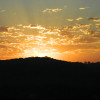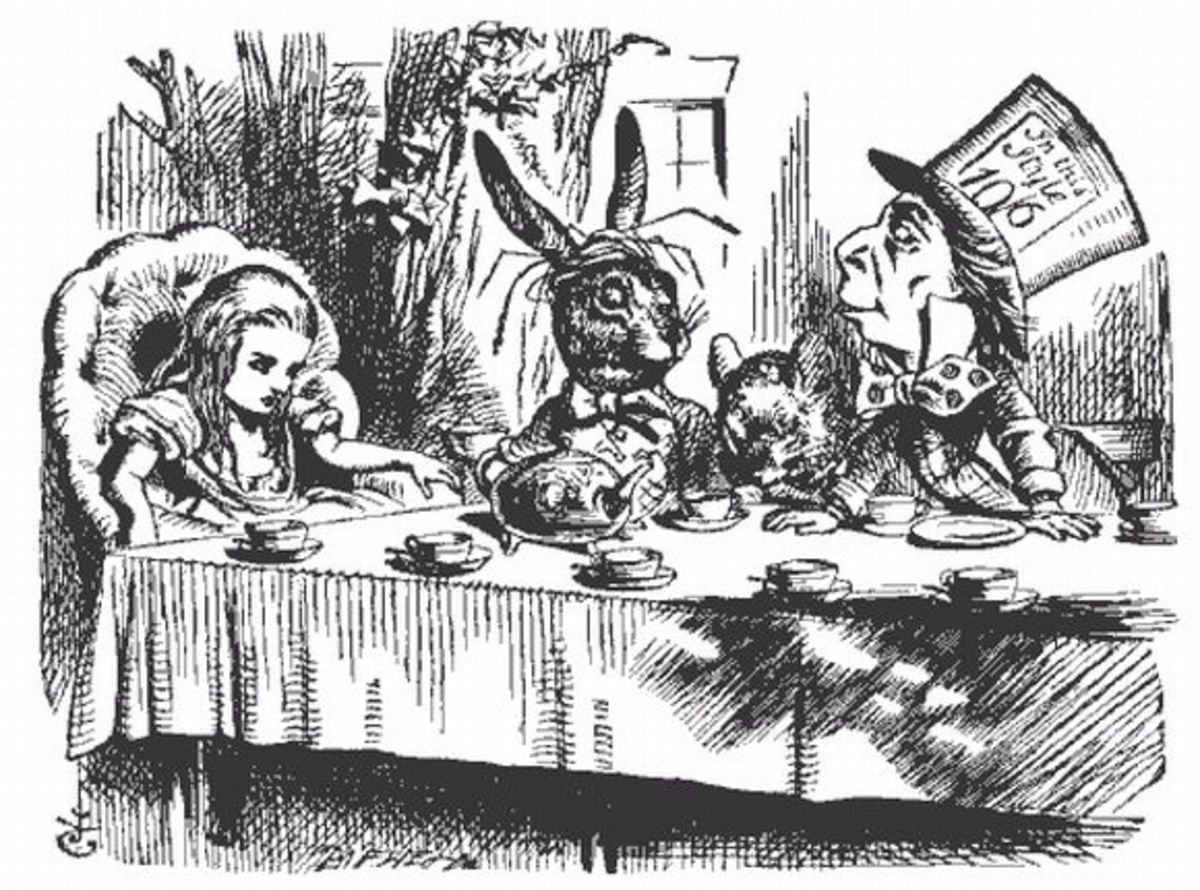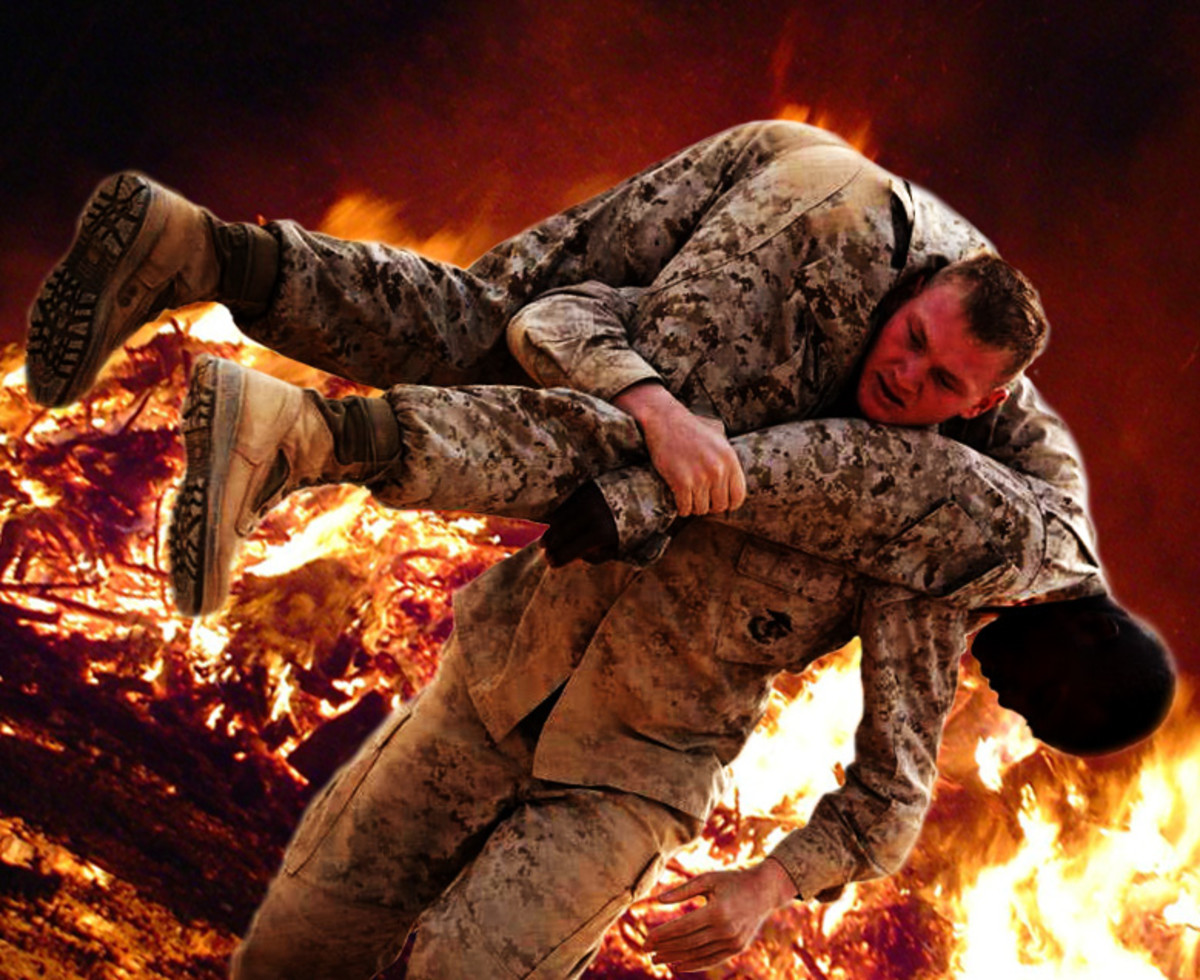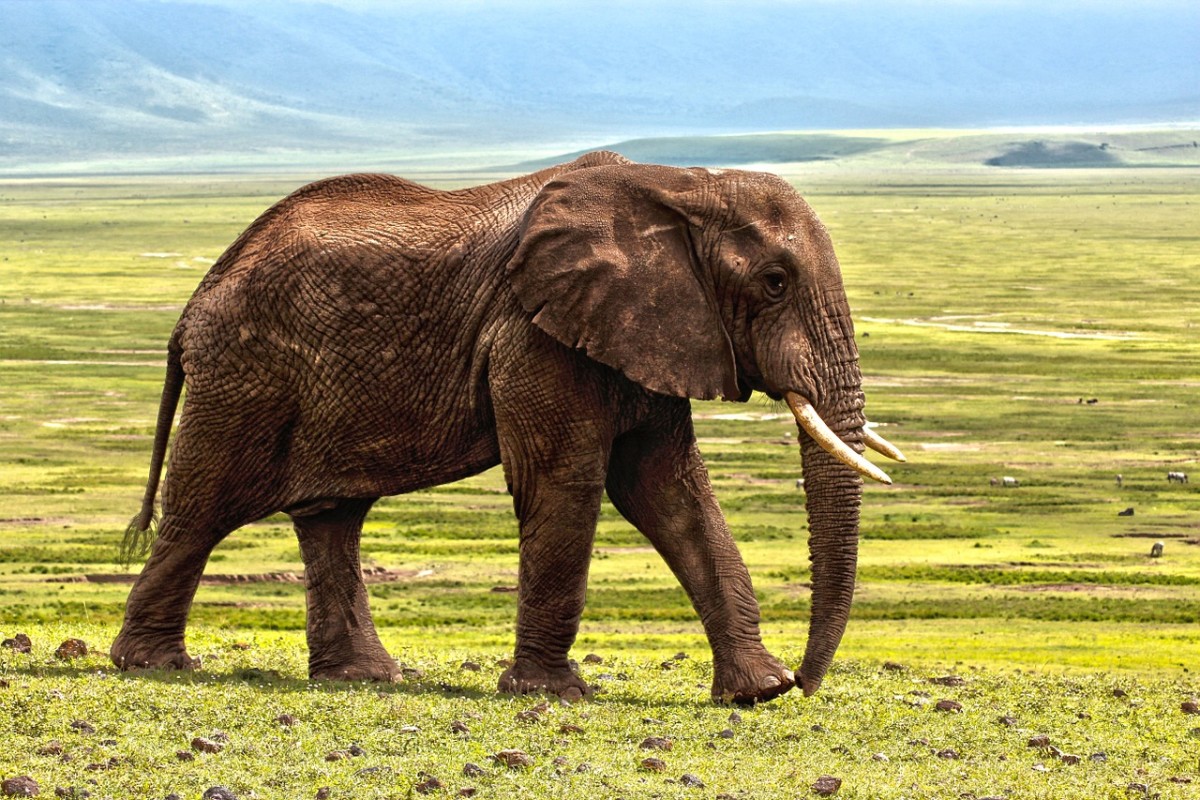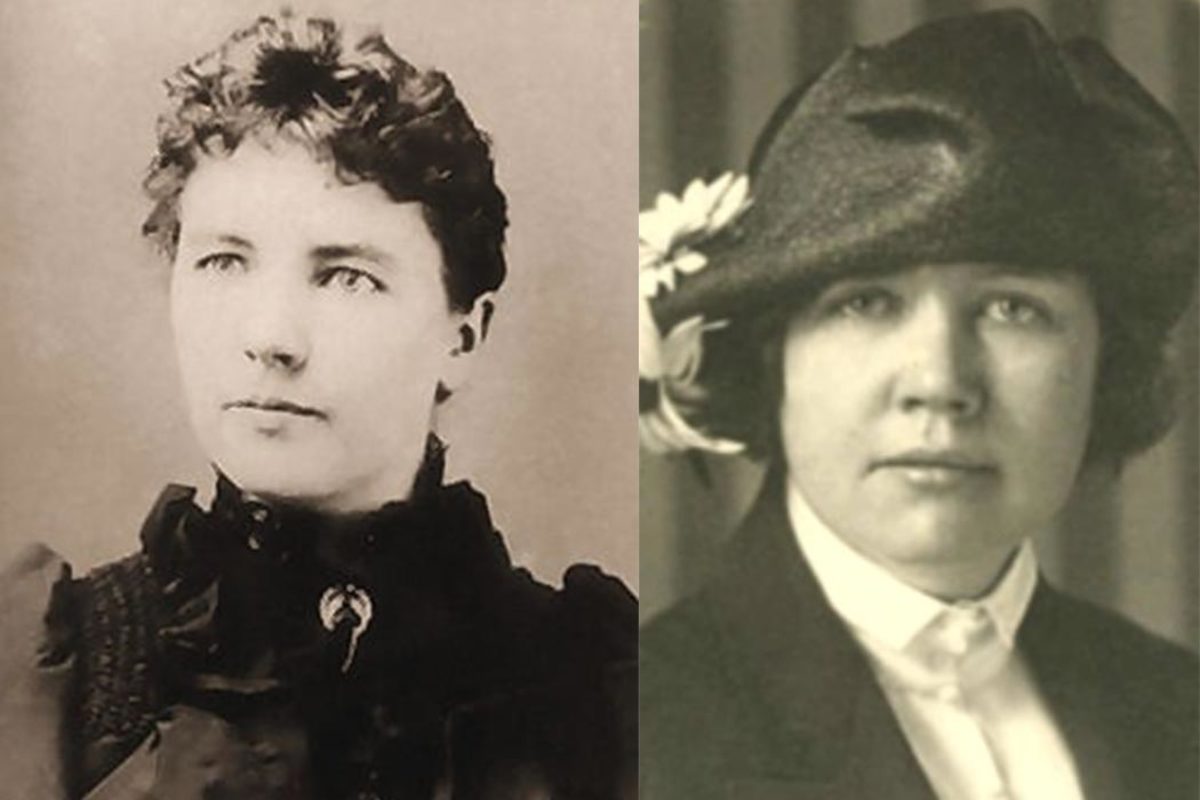Book Review of John N. Maclean's "The Thirtymile Fire"

If you are not aware of the author, John N. Maclean, allow me to introduce him to you. He has produced three novels to date, all of which have made the best seller lists and even won awards."Fire On The Mountain", "Fire and Ashes", and this, his most recent novel, "The Thirtymile Fire" are the titles of his works. He has a new novel coming out in February of 2013 titled "the Esperanza Fire: Arson, Murder, and the Agony of Engine 57". This book, "The Thirtymile Fire" was published in 2007, and in it Maclean tells the story of a fire in the state of Washington that claimed the lives of four dedicated young firefighters. Located roughly one hundred miles North of Yakima, Washington as the crow flies, in a valley through which the Chewuch River flows is a dead end canyon. It was there on July 9, 2001 that a plane watching over a fire in the area started earlier in the day by of all things a state vehicle on fire patrol first noticed a slender tendril of smoke at 9:26 PM. The pilot duly noted the new fire, advising to the base that is was small, less than five acres in size with only a couple of hot spots in evidence. The dispatcher gave the fire the name of Thirtymile Fire due to the custom of naming fires for the most prominent geographic feature in the immediate area. Thirtymile Peak was that feature, and thus was it named.
Three minutes later, the first truck and fire group was dispatched to the area. Upon arrival, the group took stock and found that the ambient temperature of 69 degrees with a light wind of just over one mph and a relative humidity of a reasonably humid 36% told the fire fighters to fight the fire. But this fire would continue to befuddle those attempting to get a handle on it for the next 24 hours, eventually resulting in four deaths. Decisions were made to wait and fight the fire the next morning after more personnel were on hand. This decision would come back to haunt them in the days ahead.
Eventually, another crew arrived nearing midnight. By this time the fire had grown to some twenty plus acres in size. The original crew was sent packing, taking along with them two trucks containing pumps. As they left, they overheard radio transmissions requesting water pumps be sent to the fire. Their confusion was evident, as they had just what was being requested, and had been sent home to rest and return the following morning. If you begin to see a pattern of mistakes and poor judgement here, you are not alone. Minor mistakes have a way of snowballing, and this is just what occurs. At many different times, a single decision could have made a massive difference which could have resulted in no loss of life.
Maclean lays out a very detailed story between the covers of this book. He tells it in a straight-forward, no nonsense manner which I find refreshing. He is an extremely detail oriented individual, as well he should be. For those of us who remember Henry Kissinger, Maclean was one of the reporters who traveled with Kissinger during his heyday of talks with the Chinese. As for his abilities, one should not be surprised as he is the son of famed author and teacher Norman Maclean, he of "A River Runs Through It." Each of the younger Maclean's books deal with wildfire, and he also pursued publication of his father's book on the Mann Gulch Fire of 1949 "Young Men and Fire" in which a number of early smokejumpers perished in what may be one of the worst fire fighting tragedies in our country's history.
The junior Maclean tells of the moment to moment struggles the fire fighters lived while attempting to follow confusing directions from more persons than should have been giving directions. As a result of the confusion, Karen Fitzpatrick, Jessica Johnson, Devin Weaver and Tom Craven lost their lives in a fire whose temperatures neared 2,000 degrees F. Weaver was even found to have lungs undamaged by the fire, which indicates just how hot the air must have been to kill him without his being able to even draw a single breath of the super heated air.
The story unfolds slowly. The early chapters allow you to come to know the participants, and to know their capabilities. And in some cases, their shortcomings, as well. You begin to see step by step where and what mistakes are made, and you sit dumbfounded at the choices made. One such choice is of a dispatcher to not dispatch a helicopter when requested to fight the fire from the air. The call for it was made the night before with a time requested being 10:00 AM the next morning. Not until some four and a half hours later was the copter dispatched. By that time, the temperatures were soaring to near 100 degrees, winds were rising and the humidity dropping to near non-existent levels of 5%. To put that in perspective, static electricity in your home can cause a spark at near 30% humidity. By being in the single digits, the air was basically devoid of any water at all, which caused a highly flammable environment for the flames to take advantage of. And they did.
As Maclean states in this work, if this had not become a major catastrophe, the amount and range of errors could have been a script for a comedy. There is more than enough blame to go around, beginning with the decision to fight the fire, then retreat, then someone at some point indicating to some of the fire fighters to fight it again without proper rest, tools, or leadership; and ending with the confusion of who was ever in charge. Several members of the teams on sight had seniority to take charge, yet no one ever steps up and makes the command decision which would halt the possibility of anyone being injured, let alone dying. Water pumps fail, yet they are among the most simple and reliable pumps available. Not one, but two of them cease to function. While they are functioning though, fittings and hoses burst under the pressure put forth by them.
In addition, even the place of the deaths was under scrutiny by those who came after and attempted to find reason where none might be found. The dead were within mere feet of where others lived while they died. Literally, the fire was as capricious as can be imagined, eliminating all life in one location while inches away, twigs remained unburned. Fire appeared in a rock scree, creating a hell on earth from what seemed to be barren rocks. As you read, you are pulled into a life and death struggle of those who died, as well as those who survived. It will tear at your soul.
Maclean is as much a master of the understated word as was his father, while keeping it factual and very readable. This book has some of the things I enjoy most: history, true life struggles against an overwhelming foe, and questions not easily answered. The reader will submerge themselves into a world not many have traveled, nor even imagined exists, and will wonder at the seemingly idiotic decisions made by those who should know better.
